Biography
Georg Jensen was born into a working-class family. His father was a grinder at the local knife factory. At the age of 13, Georg was already working there and had his first experiences with metal and tools. His special artistic talent, however, was recognized early on and supported by his family. When he was 14, the family moved to Copenhagen, where the boy began an apprenticeship in goldsmithing. In addition to his training as a goldsmith and silversmith, Jensen became intensely involved in sculpture, making a bust of his vaster and experimenting, so that three years after completing his apprenticeship in 1887, he was accepted as a student of sculpture at the Royal Danish Academy of Art in Copenhagen, where he graduated in 1892 at the age of 25.
Unable to support his family as a sculptor, the widowed artist founded a company of handcrafted ceramics with the painter Christian Joachim Petersen. With a work shown at the Paris World's Fair of 1900, Jensen won a traveling scholarship from the Danish Academy, which allowed him to travel extensively, especially to France and Italy, where he was able to study Art Nouveau craftsmanship. Back in Denmark, he again devoted himself to silversmithing and jewelry design, as this promised greater commercial success. Among other things, he worked for Mogens Ballin's workshop in Copenhagen, which was concerned with the renewal of arts and crafts and gave Jensen all artistic freedom. At Ballin, Jensen was allowed to exhibit and offer his jewelry designs under his own name.
In 1904, Georg Jensen took the plunge and opened a small workshop with his first apprentice, Henry Pilstrup. His floral jewelry pieces in silver with inexpensive gemstones had great success with buyers and critics alike. Jensen expanded his repertoire to include hollowware - pitchers, bowls, flatware and other decorative objects. His recurring decorative elements included vines, buds, balls, and sculpted leaves. He also enlisted painter Johan Rohde as a designer, whose designs were often ahead of their time in their pared-down modern elegance.
In 1907, the widower married Johanne Nielsen in his third marriage. The union had a great influence on the company, as with it several family members joined the firm. Her brother Harald Nielsen first worked as a chaser, provided his own designs, and after Jensen's death took over the artistic direction of the workshop. Other siblings of his wife worked in accounting, sales, and as the company's photographer. The demand for Georg Jensen jewelry and utensils grew so much that the workshop in Copenhagen had to be enlarged twice more.
The Georg Jensen workshop quickly became known beyond the borders of Denmark. In 1909 Jensen received an offer to open a showroom in Berlin. 90% of the workshop's silverware was shipped there until this market collapsed with the outbreak of the First World War. The loss was absorbed by art dealer Nils Wendel, who now successfully marketed Jensen's silver in Sweden. In the course of time, branches in Paris and London as well as New York were added. By 1916, the company had been transformed into a joint-stock company, GEORG JENSEN SOLVSMEDIE A/S - with Gerog Jensen as director and artistic director and with Nils Wendel, among others, as one of the majority shareholders.
We regularly sell Georg Jensen objects in our auctions. If you would like to sell your objects, our experts will be happy to help.
Objects by Georg Jensen
-
In the post auction sale
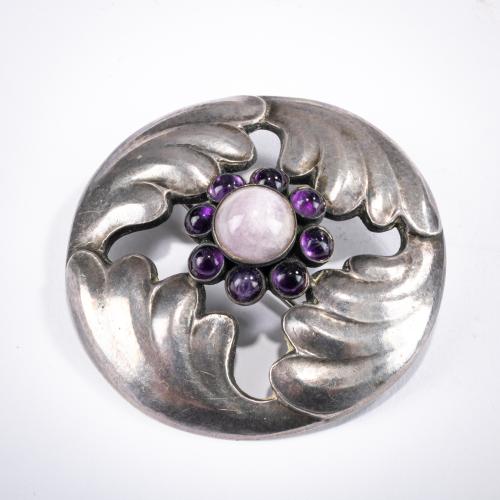
-
In the post auction sale

-
Sold
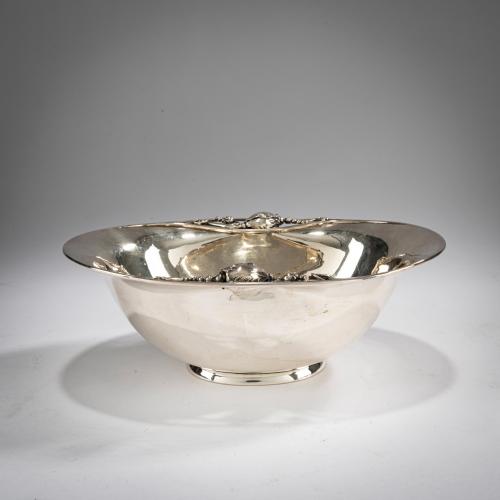
-
Sold
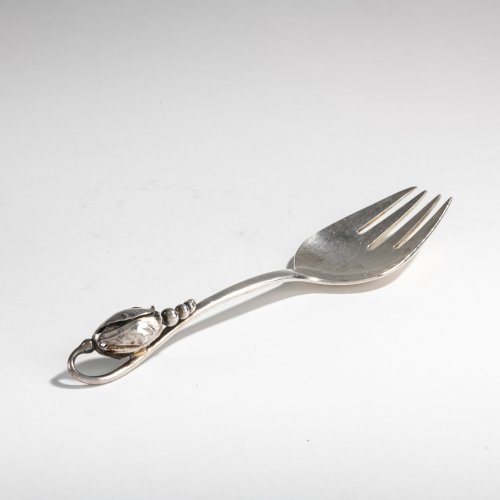
-
Sold

-
Sold

-
Sold

-
Sold

-
Sold

-
Sold

-
Sold

-
Sold
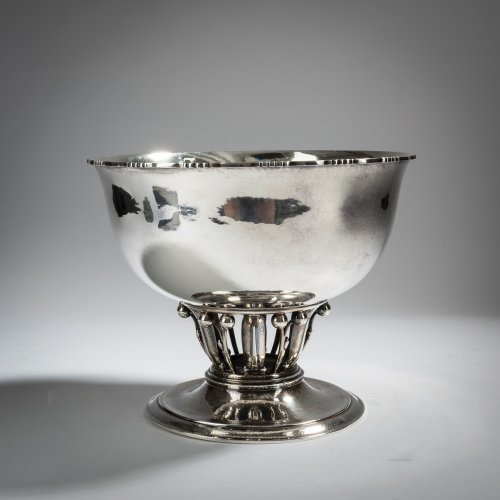
-
Sold

Georg Jensen Jensen, Georg, Kopenhagen
Four pieces of 'Magnolia' silverware, 1919
Hammer Price: 700 €
-
Sold

-
Sold

-
Sold
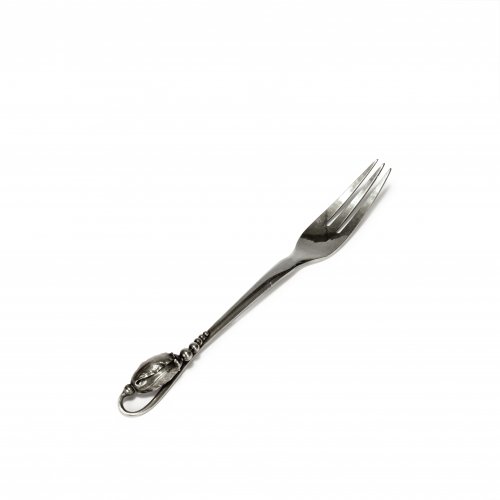
-
Sold

Georg Jensen Jensen, Georg, Kopenhagen
'159' brooch and pair of '17' earrings, c1914
Hammer Price: 650 €
-
Sold
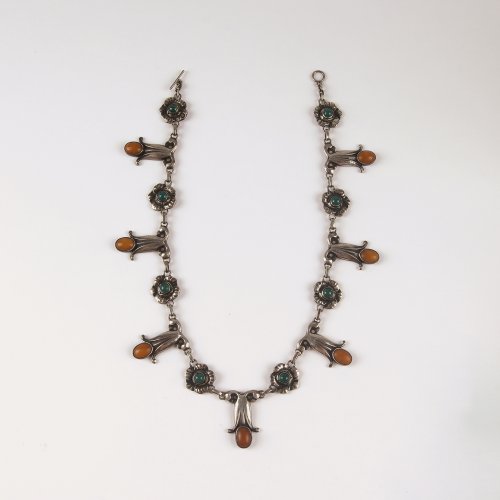
-
Sold

-
Sold

-
Sold
-
Sold
-
Sold
Georg Jensen Jensen, Georg, Kopenhagen
'Perl' coffee and teaset with tray, 1915
Hammer Price: 4,000 €
-
Sold
